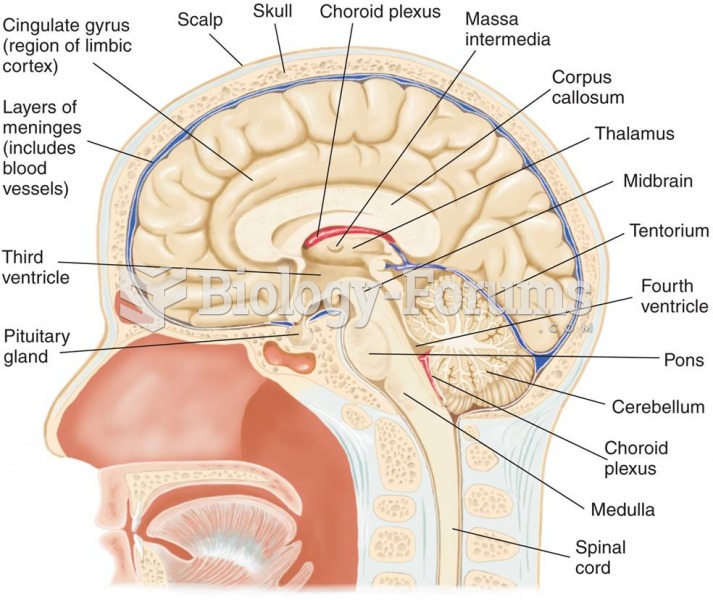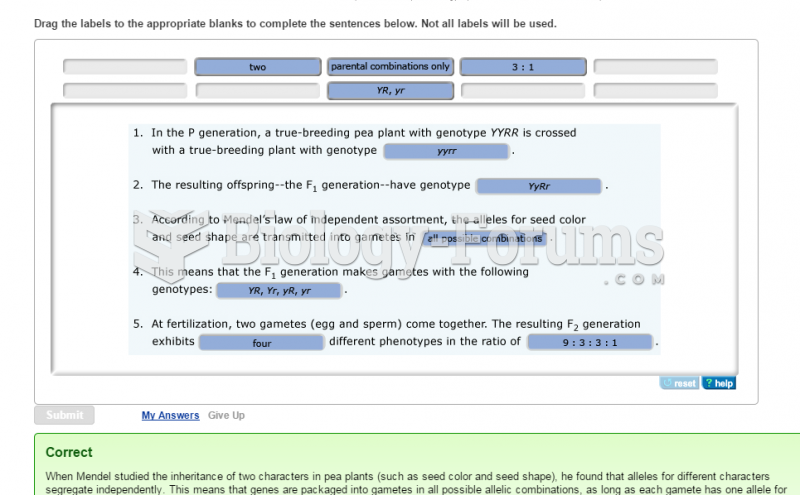Answer to Question 1
Answer:
A. Anglo Texans
1. 2013 Census shows this group makes up 44 percent of population
2. Group has seen a steady decrease in total percentage of the population over the last 30 years
3. Estimated to be only 22 percent of population in 2050
4. Traditionally dominated politics, but future shows that this group will be in minority in the political future
B. Hispanic Texans
1. Second largest ethnic group and fastest growing
2. 2013 estimates that it makes up 38.8 percent of population
3. Live mostly in urban centers
4. Have strong political past in Texas politics but were excluded in 19th and 20th century
5. Provide candidates part of both the Democratic and Republican parties that hope to win the Hispanic vote
6. Estimated that by 2050 this group will have a majority of 55.7 percent of the population
7. This group will be important in the future of electoral politics and Texas public policies
C. African American Texans
1. Third largest ethnic group at 12.4 percent
2. Has seen little change in growth since 1980
3. Expected to decrease in the next several decades
4. Have been discriminated against in political, economic and legal areas but changing attitudes and policies have led to political gains within this group
5. Several African American politicians have entered their offices and created positive and visible legacies for the future
6. Recruited and supported by both Republican and Democratic candidates for various offices to create a strong political future
D. Asian American Texans
1. Growing as fast as the Hispanic section of the population
2. 2013 estimates group at 4.3 percent but will more than double by 2050, passing the African American Texans
3. Have become more increasingly politically active
4. Both Republicans and Democrats see this group as an important segment of the population to win future support
Answer to Question 2
Answer:
A. Past economic focus has been extractive and focused on cattle, cotton and crude oil
1. Abundance of cattle and increased demand helped provide Texas an economic recovery from Civil War
2. Developing agriculture crops began to overtake lands previously used by ranchers
3. Discovery of oil and the demand from growing automobile and railroad industry created major shift in focus of Texas economy to mainly oil and oil production
B. Due to oil boom, Texas shifted from land based economy to manufacturing
1. Filled many military defense contracts
2. Focused on petroleum-based products such as plastics and synthetic rubber
3. Steel production and metal smelting
4. Electronic manufacturing: Texas instruments
C. Growth of service sector
1. Collapse of oil industry and decrease of military spending
2. Growth of jobs and income in wholesale trade and business services
3. Entertainment industry such as film-making
4. Growth of tourism
5. Job growth in service-related industry
D. Recovery after Recession
1. Rebuilding confidence in economy
2. Redirection and revitalization of the economy
3. Build strong educational infrastructure but Texans resistance to governmental involvement is problematic






